Detour #273: Winding Through the Wild West on the Chief Joseph Scenic Byway, USA
Jamie Hearne takes his mobile home to where the buffalo still roam on a road trip through WYoming.
The Wild West evokes images of remote deserts, scorched hills, roaming cattle, and cowboys on horseback or hanging out in rickety wood-clad saloons. The period began after the American Civil War in 1865 and, due to railroad expansion, increased settlement, and the invention of barbed wire, ended in 1895. Despite this, the Chief Joseph Scenic By-way takes me beyond the historical frontier and deep into the heart of the Wild West, offering a glimpse into a bygone era.
I have been determined to uncover more of America’s culture as I carry on my great American road trip through the western states and it is in Wyoming where, while the Wild West we see portrayed in Hollywood over-romanticises the era, I discover it was a period in American history that still influences culture today.
The drive begins where the mountains meet the Great Plains – Yellowstone National Park. As the first of America’s national parks, Yellowstone is renowned, and my focus is on the eastern part of the park, specifically the Lamar Valley. While millions of bison once roamed the Great Plains, their numbers have dwindled. However, within this valley, you can still witness herds roaming the area much like they once did when they formed an iconic element of the Wild West.
I admire these magnificent beasts in their natural habitat from the front seat of my Ford Transit before heading toward the Chief Joseph Scenic Byway. As I leave the mountains of the Lamar Valley behind, I enter the rolling hills that eventually merge with the Great Plains. The Byway evokes the feeling of travelling through a classic Western film set. However, while some view the Wild West as a golden age, informational signs along the route recount the true stories of Chief Joseph, leader of a band within the Nez Perce tribe, which was situated along the Columbia River.
These signs detail his tribe’s hardships as they famously evaded pursuing American cavalry while moving eastward in an attempt to join forces with the legendary Sitting Bull. Sitting Bull was resisting efforts to force Native Americans onto reservations and seize their lands – a sobering reminder of the era’s harsh realities. Much like many of the tribes who challenged the white-American rein, Chief Joseph’s tribe eventually met its demise.
The road ascends and traverses Dead Indian Pass (named after a member of the Nez Perce tribe who met an unfortunate fate), providing breathtaking views of the rugged landscape. It stretches for approximately 50 miles before arriving in Cody, a town established by Buffalo Bill in 1896. At the Buffalo Bill Centre of the West, I gain a comprehensive understanding of Native American history and explore the life of one of the most colourful characters of the Wild West.
Buffalo Bill, born William Frederick Cody in 1846, was a figure of the American frontier, celebrated for his daring exploits and colourful persona. A renowned scout, buffalo hunter, and showman, Cody earned his nickname "Buffalo Bill" during his time as a supplier of buffalo meat for railroad crews. His fame soared with the creation of Buffalo Bill's Wild West Show, showcasing thrilling reenactments of frontier life, including sharpshooting, rodeo events, and dramatic scenes of Indian battles. Cody's show not only captivated audiences with its portrayal of the American West but also played a significant role in shaping the myths of the frontier in popular culture.
After a visit to Old Trail Town, a meticulously recreated frontier settlement, and an eye-opening evening at the rodeo – Cody being renowned as the Rodeo Capital of the World – I find myself both captivated by America’s Wild West heritage and immersed in its vibrant present-day culture. Cody proudly hosts rodeo performances every night throughout the summer, so I park my dusty van alongside the horses, bulls, and cows before making my way to the stands. As the setting sun casts a golden glow over the surrounding hills, I stand as the crowd passionately sings the national anthem and listen to a heartfelt prayer from the commentator as a cowgirl gallops around the stadium, holding the Stars and Stripes high above her head. The rodeo commences, featuring barrel racing, bull riding, and other exhilarating events, bringing this memorable chapter of my Wild Western road trip to a thrilling close.
Although my thoughts on America’s Wild West history are complex, the road trip is undeniably a remarkable experience. It offers an immersive journey through the diverse landscapes and cultural landmarks that define this storied region. From the dramatic scenery of the Chief Joseph Byway to the vibrant atmosphere of Cody’s rodeo, each stop gives valuable insights into the complexities of the American frontier. This trip provides a nuanced perspective on the myths and realities of American history, making it a journey that everyone should undertake to fully appreciate the rich and multifaceted heritage of the American West.
Words & Photography James Hearne Instagram
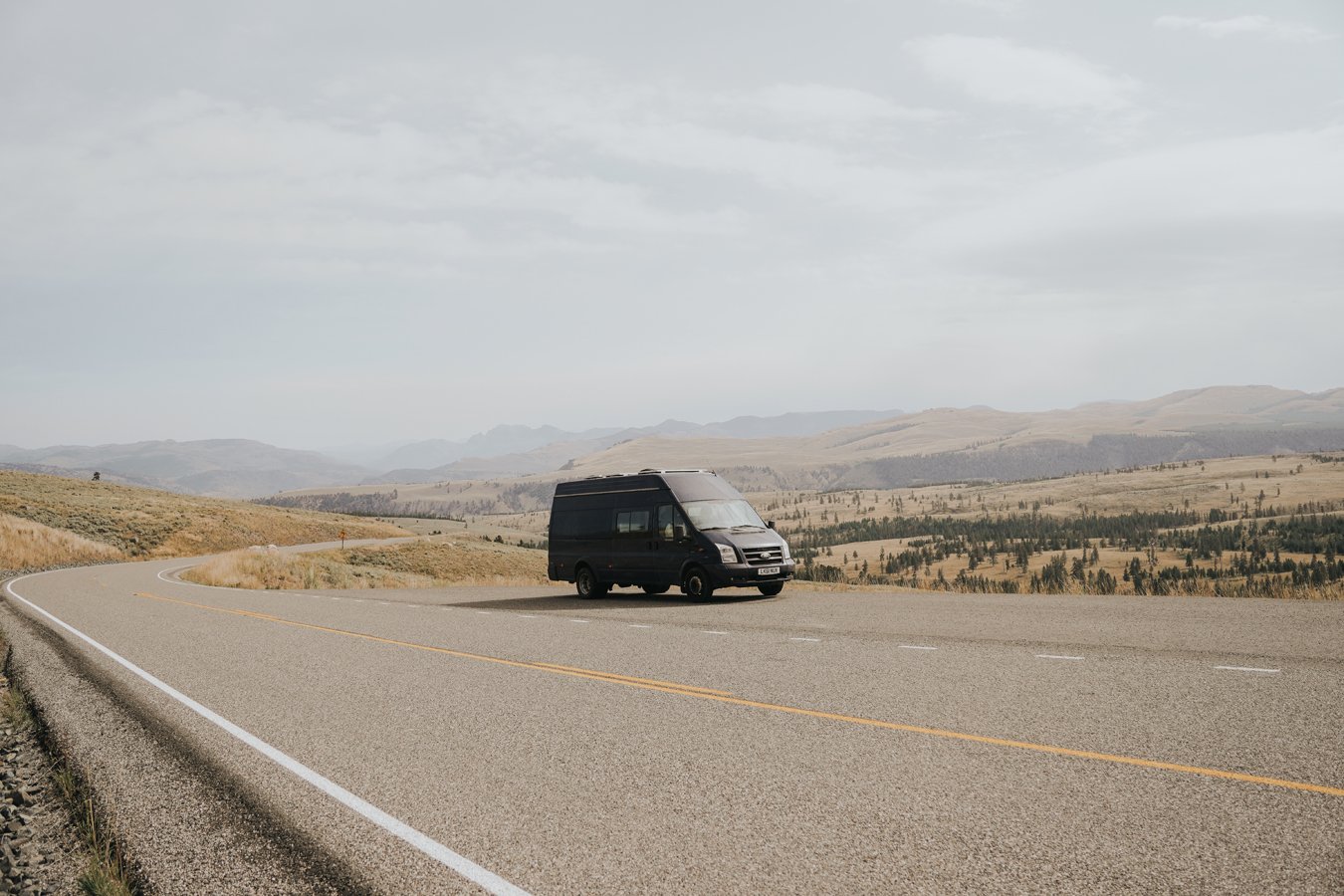

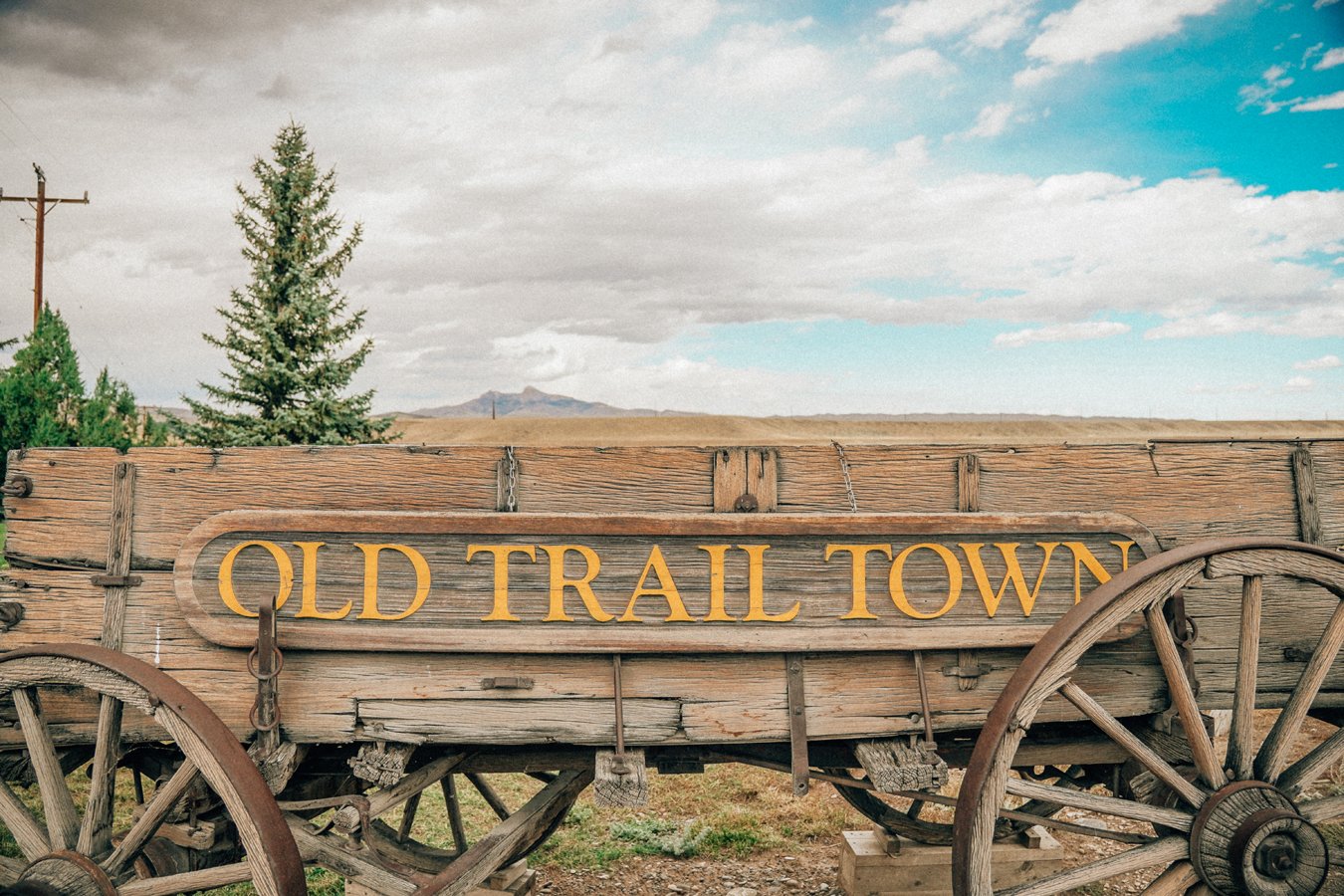
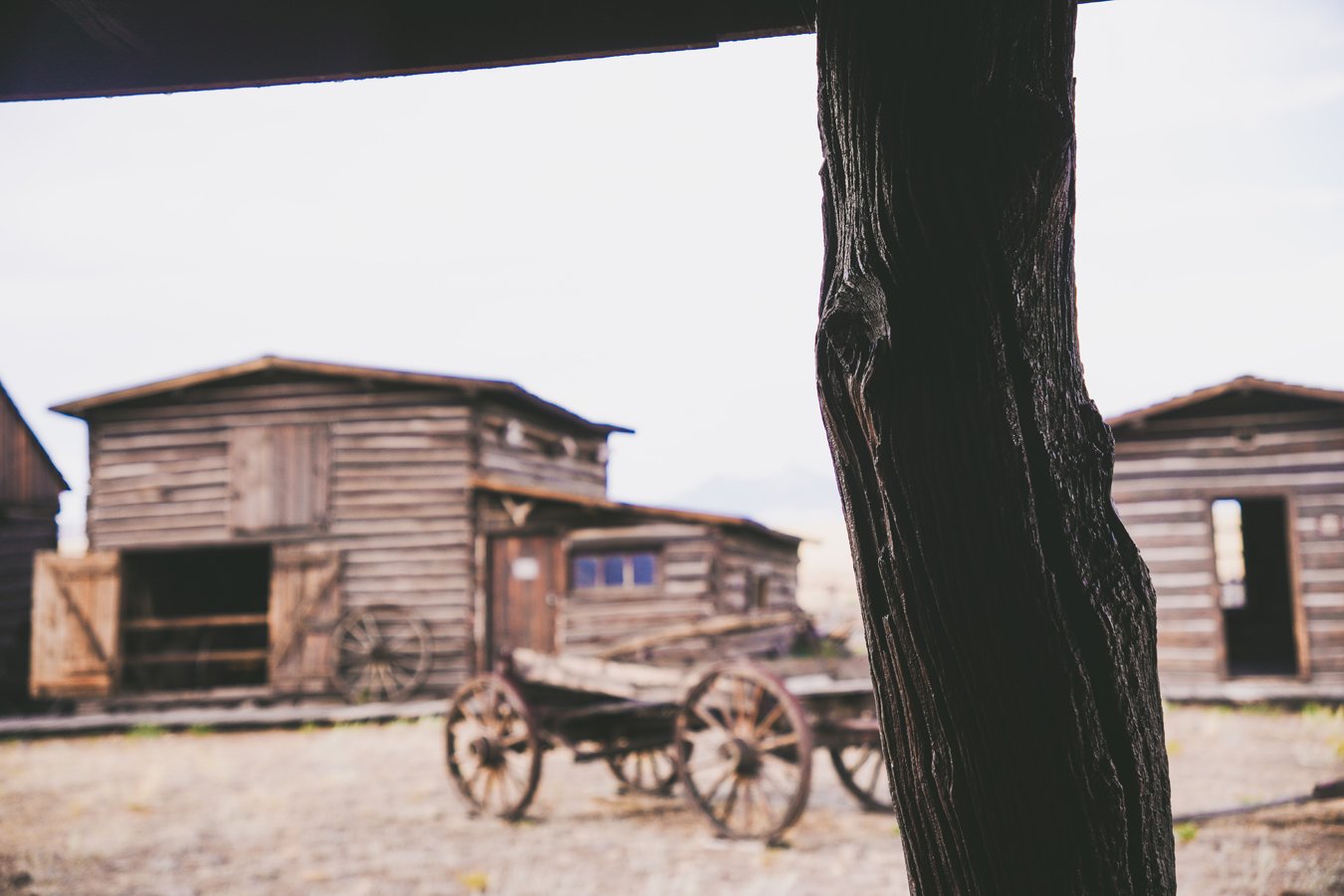
























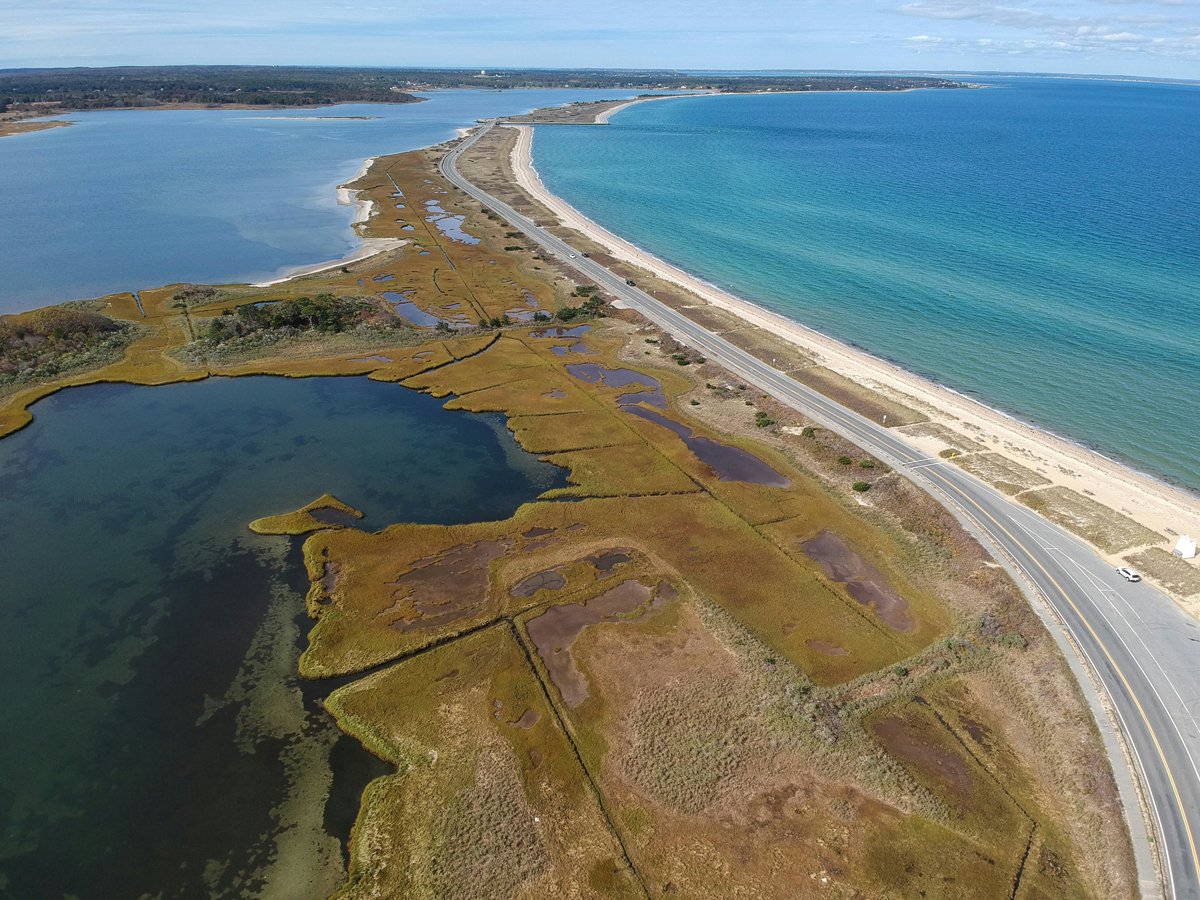


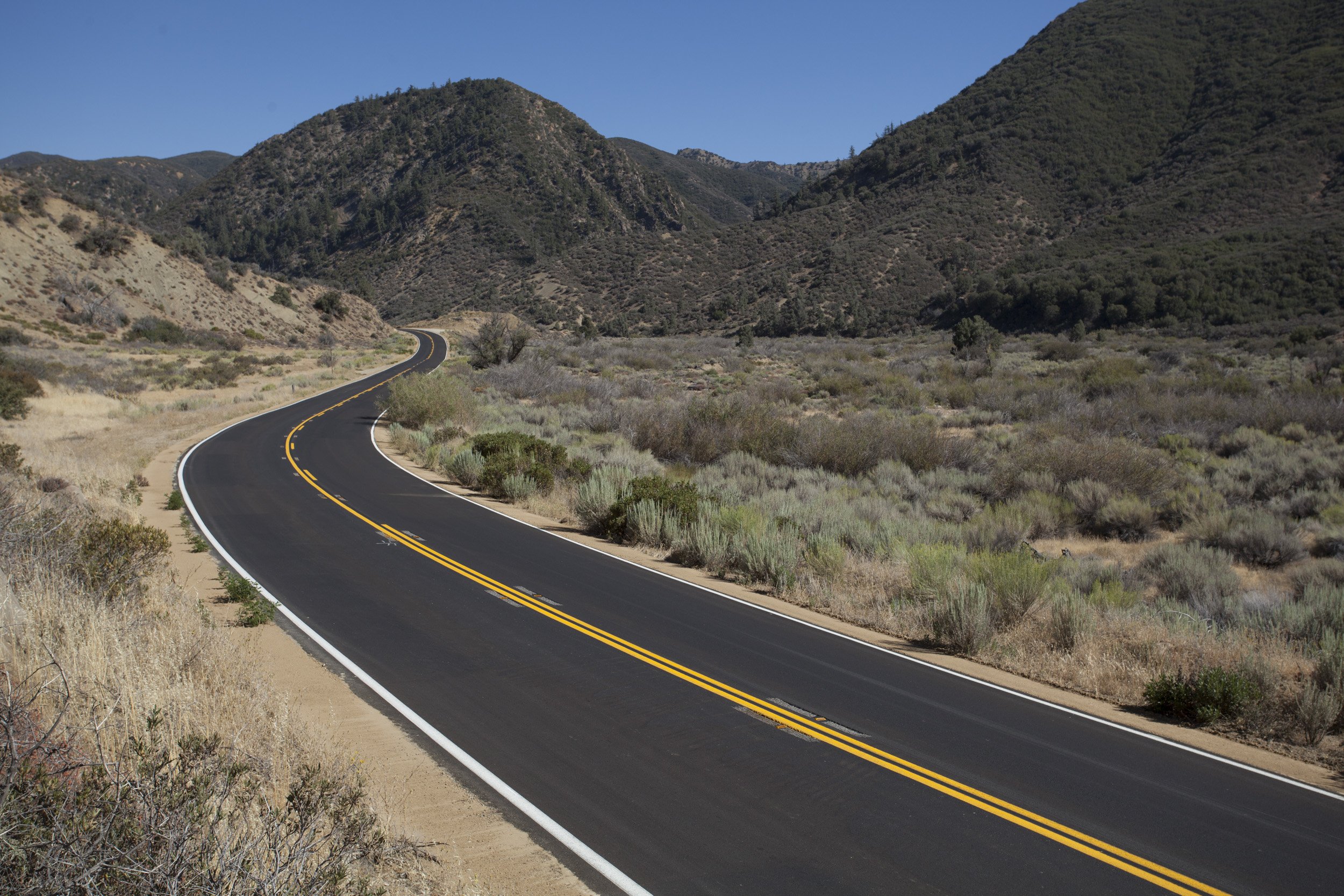








It’s the end of the road for 2025 and a chance to reflect on the best road trips of the year.